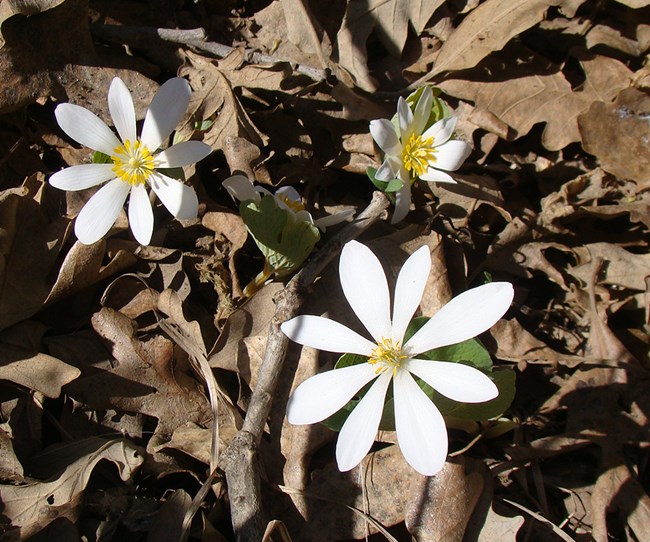What's Blooming April through SeptemberIn relative order of appearance from April into fall.Pasque Flowers 

Left image
Right image

NPS photo Bloodroot
|
Last updated: September 10, 2021
What's Blooming April through SeptemberIn relative order of appearance from April into fall.Pasque Flowers 

Left image
Right image

NPS photo Bloodroot
|
Last updated: September 10, 2021